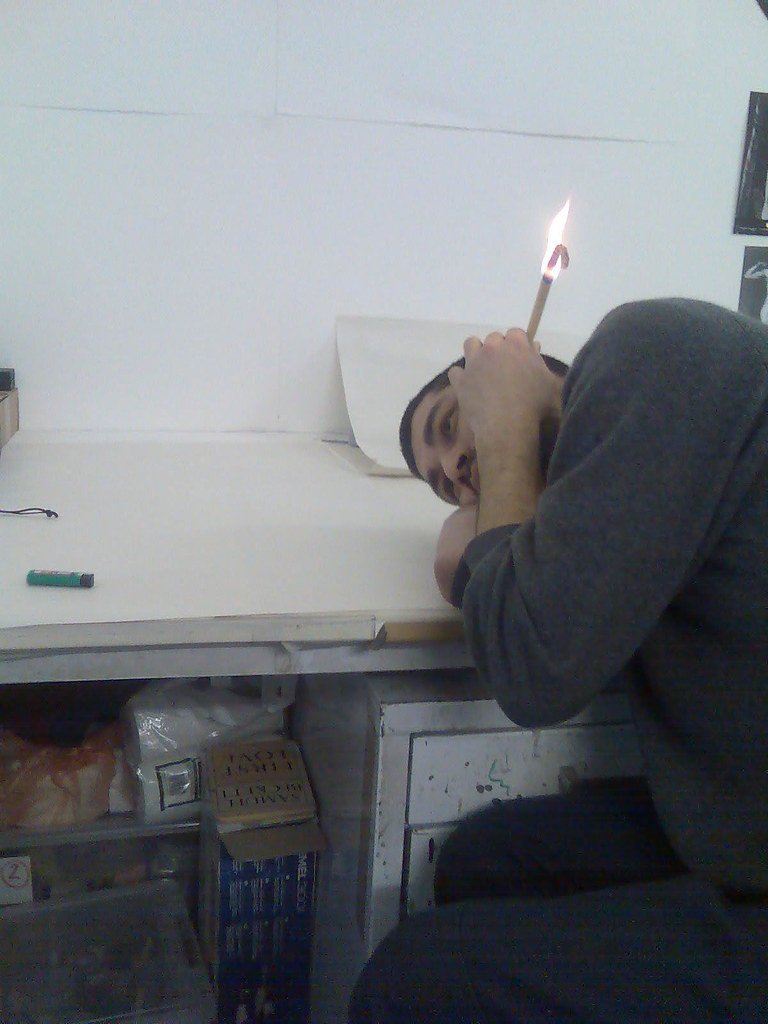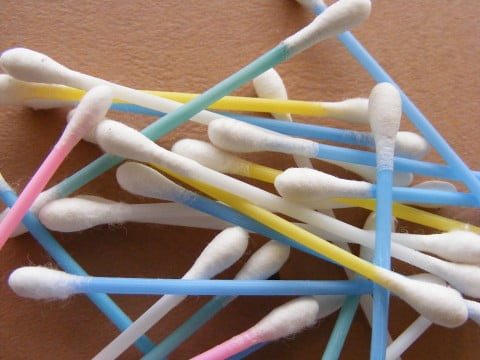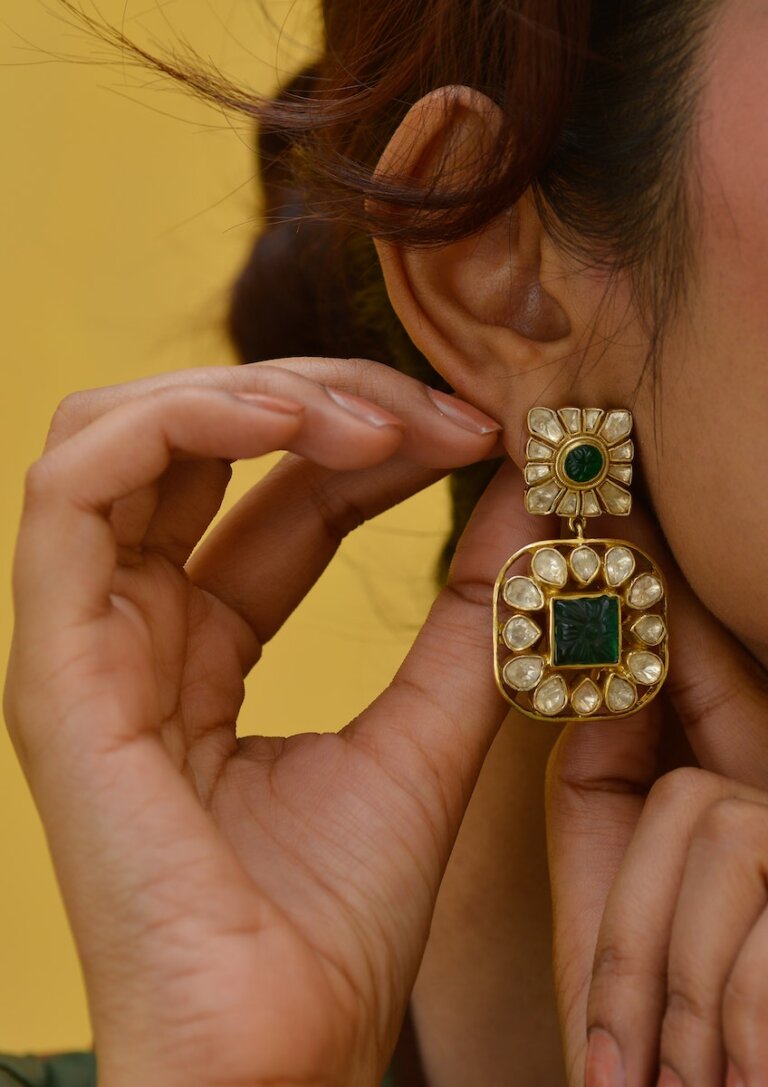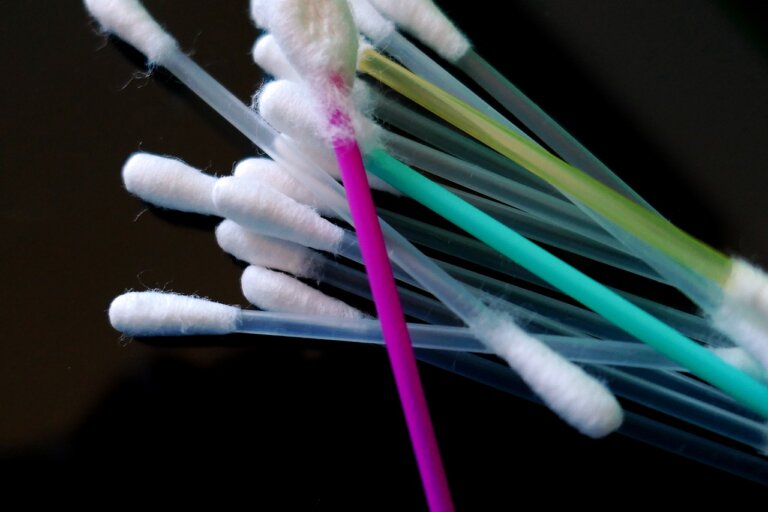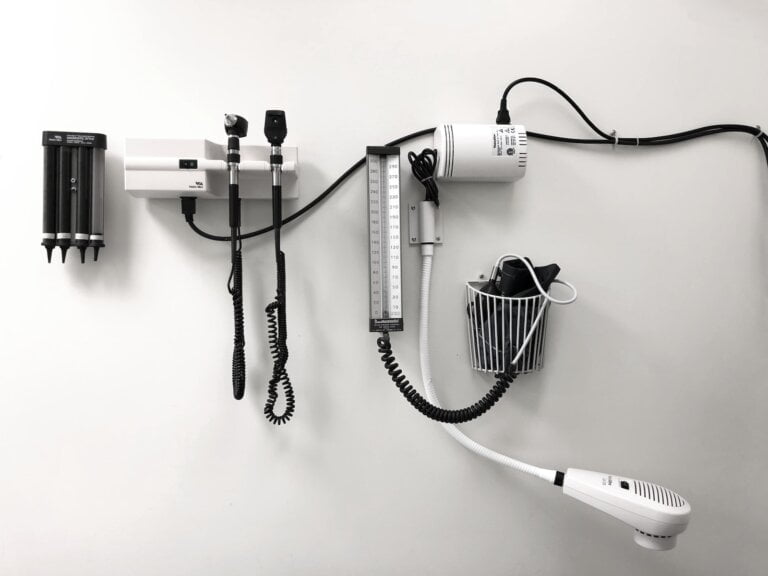Caring for Your Ears Post-Manual Instrument Ear Wax Removal: Immediate Steps to Take
Last Updated on 25th April 2024 by Admin
Ear wax, also known as cerumen, is a natural substance produced by the glands in our ear canal. It plays a crucial role in protecting our ears from dust, bacteria, and other foreign particles. However, excessive build-up of ear wax can lead to issues such as hearing loss, discomfort, and even infections. In such cases, manual instrument ear wax removal may be necessary.
Once you have had your ear wax manually removed, it is important to take proper care of your ears to prevent further complications and promote healing. Here are some essential tips to help you care for your ears post-manual instrument ear wax removal:
1. Keep Your Ears Dry
Moisture inside the ear can create a breeding ground for bacteria and increase the risk of infections. Therefore, it is crucial to keep your ears dry after the removal process. Avoid swimming or taking showers for at least 24 hours after the procedure. If you must shower, use earplugs or waterproof covers to protect your ears from getting wet.
In addition to avoiding swimming and showers, it’s also important to be mindful of excessive sweating or humidity in your environment. Moisture can accumulate in your ear canal, so it’s best to dry your ears gently with a clean towel or use a hairdryer on the lowest setting to ensure they are completely dry.
2. Avoid Inserting Objects into Your Ears
After ear wax removal, it is essential to avoid inserting any objects into your ears, including cotton swabs or other cleaning tools. These objects can push the wax deeper into the ear canal, leading to blockages or injuries. Instead, allow the ear to naturally expel any remaining wax.
While it may be tempting to clean your ears with cotton swabs or other tools, it’s important to remember that the ear canal is self-cleaning. The movement of your jaw and the natural migration of ear wax towards the outer ear helps to remove any excess wax. If you feel the need to clean your ears, it’s best to consult with a healthcare professional who can provide safe and effective methods.
3. Use Ear Drops or Olive Oil
To soften any remaining wax and facilitate its natural removal, you can use over-the-counter ear drops or olive oil. These substances help to break down the wax, making it easier for it to come out of the ear canal. Follow the instructions provided with the ear drops or consult your healthcare professional for guidance on the most suitable product for your situation.
When using ear drops or olive oil, it’s important to follow the recommended dosage and application instructions. Tilt your head to the side and gently squeeze the drops into your ear canal. Stay in that position for a few minutes to allow the drops to penetrate the wax. Afterward, tilt your head in the opposite direction to let the excess liquid drain out. You can repeat this process for a few days until the wax is sufficiently softened and ready to come out.
4. Maintain Proper Ear Hygiene
Maintaining proper ear hygiene is crucial for overall ear health. However, it is essential to be gentle when cleaning your ears. Use a damp cloth to wipe the outer part of your ears, avoiding any deep insertion. Remember, the ear is self-cleaning, and excessive cleaning can disrupt the natural balance and cause problems.
While it’s important to keep the outer part of your ears clean, it’s equally important not to insert anything into the ear canal. This can disrupt the delicate balance of the ear and potentially lead to irritation or injury. If you notice excessive earwax or have concerns about your ear hygiene, consult with a healthcare professional for guidance on the safest and most effective cleaning methods.
5. Avoid Exposure to Loud Noises
Exposure to loud noises can be damaging to your ears, especially after ear wax removal. The delicate tissues in your ears may be more susceptible to damage during this time. Therefore, it is advisable to avoid loud environments and use ear protection, such as earplugs, when necessary.
Loud noises can lead to temporary or permanent hearing loss, so it’s important to take precautions to protect your ears. If you are in a loud environment, such as a concert or a construction site, wearing earplugs or noise-canceling headphones can help reduce the risk of damage. It’s also a good idea to give your ears a break from loud noises by taking regular breaks in quiet environments.
6. Monitor for Signs of Infection
Even after the manual instrument ear wax removal, it is essential to monitor your ears for any signs of infection. If you experience increasing pain, swelling, discharge, or a fever, contact your healthcare professional immediately. Prompt medical attention can prevent complications and ensure proper treatment if an infection occurs.
Infections can occur if bacteria enter the ear canal through any cuts or abrasions caused during the wax removal process. It’s important to be vigilant and seek medical attention at the first sign of infection. Your healthcare professional may prescribe antibiotics or other appropriate treatments to resolve the infection and prevent further complications.
7. Follow-up with Your Healthcare Professional
Depending on the severity of your ear wax build-up and removal, your healthcare professional may recommend a follow-up appointment. It is essential to attend these appointments to ensure optimal healing and address any concerns or further treatment if needed.
During the follow-up appointment, your healthcare professional can assess the condition of your ears and ensure that the wax removal was successful. They can also provide further guidance on ear care and address any questions or concerns you may have. Following their recommendations and attending follow-up appointments can help ensure the best possible outcome for your ear health.
Conclusion
Caring for your ears after manual instrument ear wax removal is crucial to promote healing and prevent future complications. From keeping your ears dry to avoiding inserting objects, these simple steps can go a long way in maintaining your ear health. Remember, always consult with your healthcare professional for specific guidance tailored to your situation.
FAQ
Q: Why is it important to keep your ears dry after manual instrument ear wax removal?
A: Moisture inside the ear can create a breeding ground for bacteria and increase the risk of infections.
Q: Can I insert objects into my ears after ear wax removal?
A: No, it is essential to avoid inserting any objects into your ears as they can push the wax deeper into the ear canal, leading to blockages or injuries.
Q: What can I use to soften remaining wax after ear wax removal?
A: You can use over-the-counter ear drops or olive oil to soften any remaining wax and facilitate its natural removal.
Q: Is it necessary to follow-up with a healthcare professional after ear wax removal?
A: Depending on the severity of your ear wax build-up and removal, your healthcare professional may recommend a follow-up appointment to ensure optimal healing and address any concerns or further treatment if needed.

